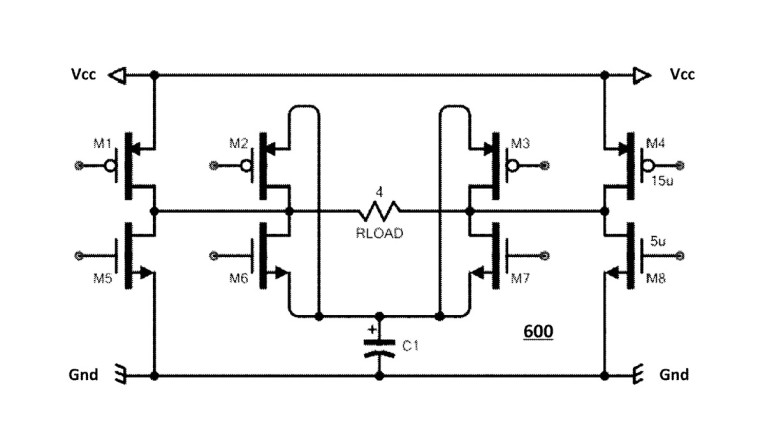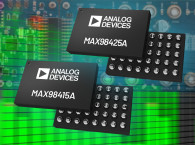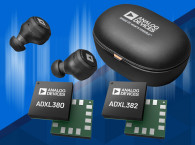As Mallinson explains, "The Fractal-D amplifier remains 60-70% (or more) efficient at 1% of the power output - this is where music and speech spend a lot of time - they are very rarely at full power. Hence efficiency is significantly improved. The key is that the bridge can re-use the same charge over multiple cycles. It's a fundamentally different Class-D driver and Buck Regulator combined using the same components (Patent No. US12021491B2). Two control loops run in parallel and simultaneously create the audio output and an intermediate voltage level. This allows the bridge to re-use the charge that flows through the speaker again in later cycles."
SiliconIntervention wants to apply this architectural approach to solve the real-world problem of maximizing efficiency in Class-D drivers over a wide range of power levels. This architectural approach is the basis for products with a self-determining ability to maximize efficiency over a wide range of operations. It is also an example of the company's "New Analog" approach to sensor domain signal processing using next generation advanced analog and mixed signal design techniques.
"Silicon products can leverage the advances already established using SiliconIntervention's Class-D techniques and extend those gains automatically over a wide operating spectrum. The fractal architecture is another example of a growing product portfolio with innovative solutions for sensor domain signal processing," adds Martin Mallinson
"High efficiencies realized by the Fractal-D architecture also have the advantage of not needing a regulator or associated components, do not need to change driving digital signal gain, or envelope prediction. Options include feedback for further gains in quality output levels while reaching an efficiency in excess of that achievable presuming a 100% efficient external Buck Regulator," he adds.
Fractal-D based silicon products can leverage the advances already established using SiliconIntervention's half-buck techniques in conventional CMOS processes, that do not call for non-volatile memory, and do not demand CPU/DSP processing or unique control signals/pins. As SiliconIntervention explains, Fractal-D automatically applies maximum efficiency to the task at hand — in real time - with the advantage that it needs no regulator or associated components; it removes the need to change the driving digital signal gain or for any envelope prediction; and offers optional feedback to create a high quality output for audio applications.
Based on advanced sigma-delta methods that perform a precise PCM to PWM conversion, the Fractal-D core is a scriptable HDL design achieving good performance prior to feedback. Digital feedback with included ADC meets the most demanding applications and creates an agile solution for high efficiency over a range of applications with <10 μV A-weighted noise, and improved power supply rejection.
"Extending battery life in wearable audio products such as earbuds remains one of the most sought-after features for consumers as audio processing features continue to grow, and the Fractal-D technology is a key building block towards that goal," comments Allan Cox, CEO of SiliconIntervention.

Designers can choose from a portfolio menu of optional features and build a customized Fractal-D solution that meets end audio product requirements. Designed by audio industry veterans, performance gains are not limited to just the Fractal-D output stage and can be combined with product optimizations leveraging the programmable audio DSP.
SiliconIntervention offers licensing and integration options into existing earbud SoCs, "Black Box" design, I2S variants, PLL, and other options. It also offers expert design services for chip design and implementation assistance including mapping to process nodes of choice. The technology is based on standard CMOS processes and needs no special processing steps. Interested licensees and eco-system partners will receive product family descriptions, simulation results, emulation results, and a silicon-based evaluation system (on 22nm).
www.siliconintervention.com






